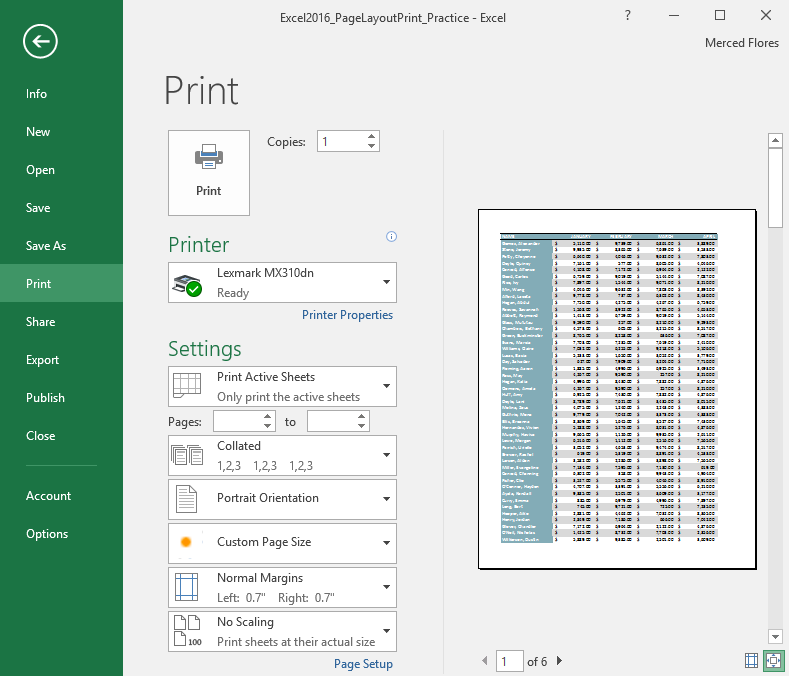
Table 1.1 “Command Overview for Each Tab of the Ribbon” provides an overview of the commands that are found in each tab of the Ribbon. Figure 1.6 shows the commands available in the Home tab of the Ribbon. Each tab provides access to a different set of Excel commands. Figure 1.5 Highlighting a Range of CellsĮxcel’s features and commands are found in the Ribbon, which is the upper area of the Excel screen that contains several tabs running across the top. The first cell is the top left corner of the range, and the second cell is the lower right corner of the range. Any two cell locations separated by a colon are known as a cell range. This is referred to as a cell range and is documented as follows: A1:D5. You should see several cells highlighted, as shown in Figure 1.5.


The following steps explain how you can navigate in an Excel worksheet: This would be referred to as cell location A1 or cell reference A1. For example, the cell that is currently activated in Figure 1.3 is A1. Each cell in an Excel worksheet contains an address, which is defined by a column letter followed by a row number. The worksheet contains several rectangles called cells for entering numeric and non-numeric data. Figure 1.1 Example of an Excel Worksheetĭata are entered and managed in an Excel worksheet. The worksheet data can help a retailer analyze the business and determine the number of salespeople needed for each month for example. The information shown in this worksheet contains sales data for a hypothetical merchandise retail company. We will demonstrate how you can use Excel to make these decisions and many more throughout this text.įigure 1.1 shows a completed Excel worksheet that will be constructed in this chapter. With respect to personal decisions, you can use Excel to determine how much money you can spend on a house, how much you can spend on car lease payments, or how much you need to save to reach your retirement goals. For example, employees can use Excel to determine how much inventory to buy for a clothing retailer, how much medication to administer to a patient, or how much money to spend to stay within a budget.
CHANGE THE BACK STAGE TITLE FOR EXCEL ON MAC PROFESSIONAL
The information produced in Excel can be used to make decisions in both professional and personal contexts. These computations ultimately convert that quantitative data into information. Taking a very simple view, Excel is a tool that allows you to enter quantitative data into an electronic spreadsheet to apply one or many mathematical computations.


 0 kommentar(er)
0 kommentar(er)
